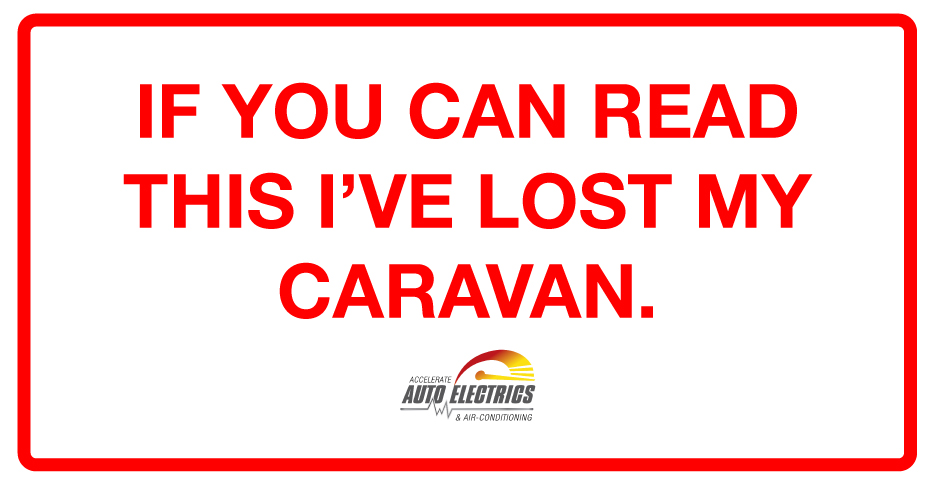Before you hitch up the caravan and head for the road there are some laws you should be aware of relating to Breakaway Systems.

What’s a Breakaway System?
A Breakaway system is a system fitted to your trailer or caravan. In the event the caravan or trailer detaches from the car, the system will apply electrical breaks to the runaway trailer. This will stop your caravan preventing an accident.
The Breakaway system is powered by a rechargeable battery which is charged via an Auxiliary power wire that runs from the tow vehicle and connected to the trailer plug.
Breakaway Systems and the Law
The Federal Department of Infrastructure and Regional Development states that:
- Every trailer over two tonnes GTM must have brakes operating on all wheels.
- The brake system must cause an immediate application of the trailer brakes in the event of the trailer becoming detached from the towing vehicle.
- Under these circumstances, the brakes must remain applied for at least 15 minutes.
In addition to these statewide laws, New South Wales have additional legal requirements relating to the charging of the breakaway system battery.
NSW Roads & Maritime Vehicle Inspection Bulletin stipulates:
- It will be satisfactory if any trailer mounted battery is constantly charged by the towing vehicle and a warning device is fitted to warn the driver (from a normal driving position) if the trailer battery charge falls to such a level as to render the trailer brakes incapable of meeting the requirements.
- Trailers required to be fitted with caravan breakaway systems are not registrable if there is now means for maintaining the breakaway energy source in a fully energised condition. (E.G. If a charging and warning circuit is not fitted.)
- An acceptable warning circuit must incorporate either a visual or an audible warning device.
The NSW ruling only applies to caravans registered in NSW and not to interstate visitors towing recreational vehicles registered in another state. In all other states of Australia, there are no specific requirements as to how your battery for your breakaway system is charged.
For the latest up to date information relating to Queensland’s laws on towing be sure to check their website – http://www.tmr.qld.gov.au/safety/vehicle-standards-and-modifications/loads-and-towing/safe-towing.aspx

Does the breakaway power source from he vehicle have to be continuous ( even when parked on side of the road for lunch or overnight rest) or can you run it through an ignition operated solenoid ( which powers it when the car ignition is live – like when the engine is running) in NSW and is it wired through the orange lead in pin 8 of 12 pin plug?
We recommend checking with your local Transport for the rules and regulations. We would also recommend speaking with your caravan manufacturer in regards to the wiring of your 12 pin plug as each van can be different.
Is it necessary to connect breakaway lead to chassis of tow vehicle or can it be attached to some part of the towbar.
Hi Ron, we would recommend contacting a towbar manufacturer or dealer to find out the requirements for connecting the breakaway lead to the vehicle. Thanks.
Do u have to have an Anderson plug in Queensland
Hi Sully,
Yes, we do have Anderson plugs in Queensland. We regularly install them on vehicles to get them set up for towing a caravan or running a dual battery system.